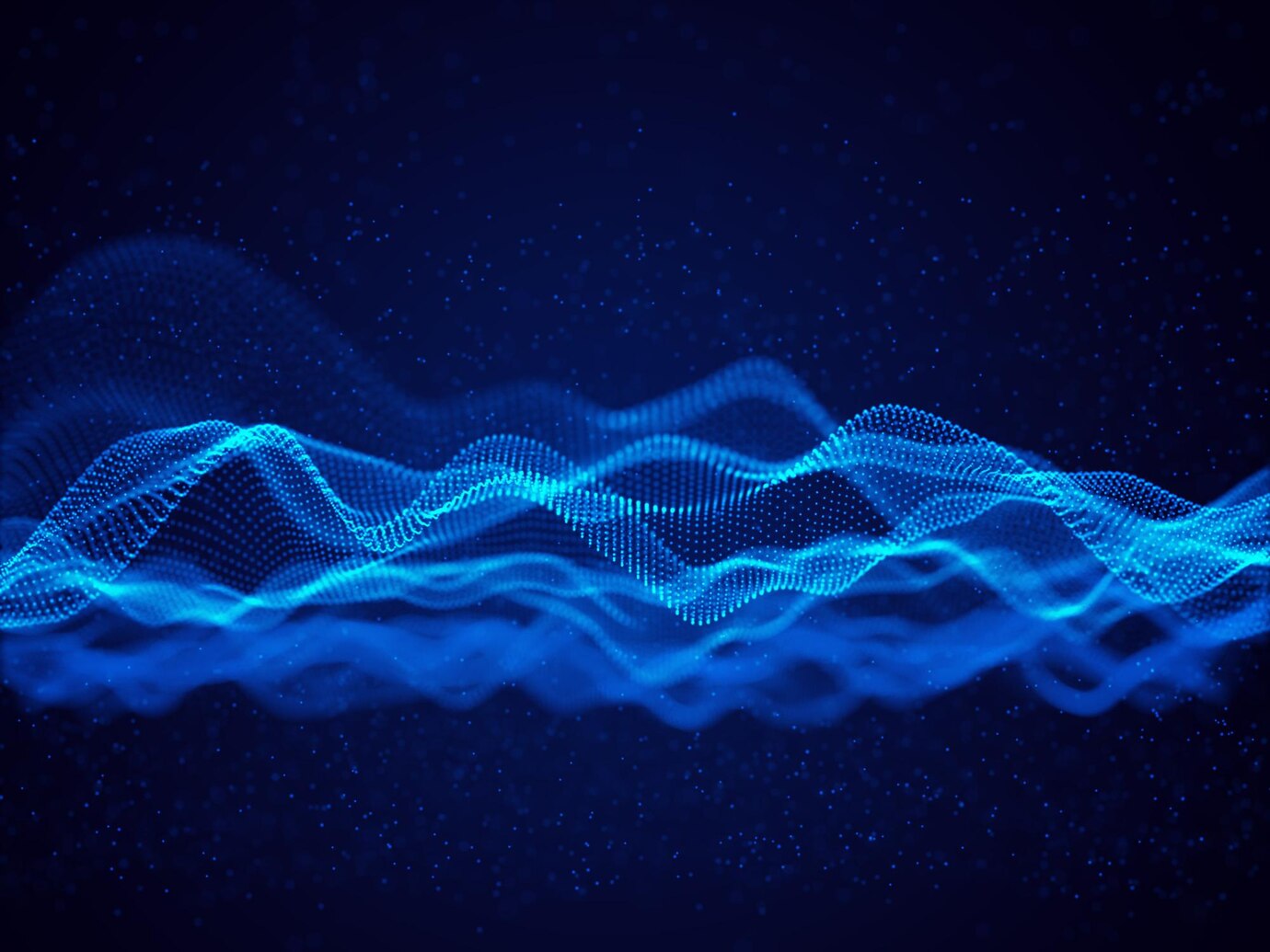Apple is accustomed to being a controversial pioneer in the tech world. Yet, a patent it was recently awarded is garnering more than the usual interest, and not for positive reasons. The patent entitled “[s]ystems and methods for receiving infrared data with a camera designed to detect images based on visible light,”[1] essentially discloses a method for a smartphone’s camera to receive data over infrared waves that could alter the functionality of an iPhone.[2] The patent drawing sheets suggest that the technology be used to disable photography and video capture at live concerts and theater events.[3] A theater or concert venue wishing to employ the technology can be equipped with an infrared transmitter which can emit an infrared signal instructing individual iPhones in the premises to disable video recording capabilities.[4] At a first glance, this technology appears to be only a step from technology currently used to curtail bootlegging at live events, such as requiring patrons to place their cellphones in a pouch that prevents the phone from recording.[5] However, commentators instantly suspected that this technology was different, prompting some to ask whether the technology could eventually be used by the federal government or the police to block photo and video recording at a political protest or another sensitive event, making recording of these events impossible.[6] The use of the newly patented technology in this manner has the potential to affect our First Amendment right to free speech, while simultaneously affecting copyright law. However, a prospective litigant attempting to challenge the use of the technology on First Amendment grounds would face numerous challenges.
In order to satisfy the Article III’s “Cases” and “Controversies” requirement, a litigant must demonstrate that they have standing to sue.[7] To establish Article III standing, an injury must be “concrete, particularized, and actual or imminent; fairly traceable to the challenged action; and redressable by a favorable ruling.”[8] Courts also recognize doctrines of mootness, ripeness, and political question as prudential limitations on Article III standing.[9] In Clapper v. Amnesty International, Amnesty International challenged a law that permitted federal government officials to acquire foreign intelligence information by intercepting communications between US citizens and those in foreign countries.[10] The plaintiffs alleged that their work engaged them in sensitive international communications with individuals who they believe are likely targets of surveillance, which in turn had a chilling effect on their communications.[11] The Supreme Court held that the plaintiffs’ claims were too speculative and that allegations of future injury are insufficient to establish an injury in fact.[12] A plaintiff attempting to bring a case challenging the government’s use of the new technology at this time would lack standing for the same reasons that the plaintiffs in Clapper lacked standing, allegations of potential future injury are insufficient for purposes of Article III standing.[13]
Additionally, the prudential limitation of ripeness would remove standing in any case brought at this time. A case is not ripe if the dispute is insufficiently developed and is instead too remote or speculative to warrant judicial action.[14] In Laird v. Tatum, the United States Supreme Court dismissed for lack of ripeness a claim in which the plaintiff accused the U.S. Army of alleged unlawful “surveillance of lawful civilian political activity.”[15] The Court determined that the plaintiffs’ claims of a “chilling effect” on the exercise of their First Amendment rights rested on fear of future punitive action based on results of surveillance and the “speculative apprehensiveness” that the army may misuse the information in a way that would directly harm the plaintiffs and did not amount to objective current harm.[16]
Although the federal government and its agents do not have access to the technology at this point, it is easy to imagine a hypothetical scenario in which an officer of the federal government utilizes the infrared technology to prevent iPhones from recording at a sensitive event. However, even if this scenario existed, a court would dismiss a suit challenging the government policy preventing iPhones from recording, as it “leave[s] open ample alternative channels for communication of the information” as required by the First Amendment.[17] Though some iPhone users may not see other smartphones as reasonable alternatives to an iPhone, the fact is that other smartphones are capable of recording videos and taking pictures. As long as the infrared technology’s reach is limited to iPhones, consumers may avoid a conflict by purchasing another brand of smartphone. Moreover, the traditional media news networks provide yet another reasonable alternative. While Apple’s newly patented technology capable of preventing iPhones from recording video is certainly troubling, its use does not violate the First Amendment.
David Forrest is a second-year law student at Benjamin N. Cardozo School of Law and a Staff Editor of the Cardozo Arts & Entertainment Law Journal.
[1] U.S. Patent No. 9,380,225 (issued Jun. 28, 2016).
[2] See Kevin A. Rieffel, Can Apple’s New Infrared Patent Really Disable Your iPhone? IP Watchdog (July 6, 2016) http://www.ipwatchdog.com/2016/07/06/apple-infrared-patent-disable-iphone/id=70605/.
[3] See U.S. Patent supra note 1 at sheet 5.
[4] See Rieffel, supra note 2.
[5] See e.g. Geoff Edgers, Alicia Keys is done playing nice. Your phone is getting locked up at her shows now., The Washington Post (June 16, 2016) https://www.washingtonpost.com/entertainment/alicia-keys-is-done-playing-nice-your-phone-is-getting-locked-up-at-her-shows-now/2016/06/16/366c15aa-33af-11e6-95c0-2a6873031302_story.html. See also http://overyondr.com/.
[6] See Shanika Gunaratna, Apple’s new patent could disable your iPhone camera, CBS News (June 29, 2016) http://www.cbsnews.com/news/apple-patent-could-disable-your-iphone-camera/.
[7] Clapper v. Amnesty Int’l. USA, 133 S. Ct. 1138, 1146 (2013).
[8] Id. at 1147.
[9] See DaimlerChrysler Corp. v. Cuno, 547 U.S. 332, 335 (2006).
[10] See Clapper, supra note 7 at 1146.
[11] See Id.
[12] See Id. at 1155.
[13] See Id.
[14] See Laird v. Tatum, 408 U.S. 1, 16 (1972).
[15] See Id. at 4.
[16] Id. at 13.
[17] McCullen v. Coakley, 134 S. Ct. 2518, 2529 (2014).



